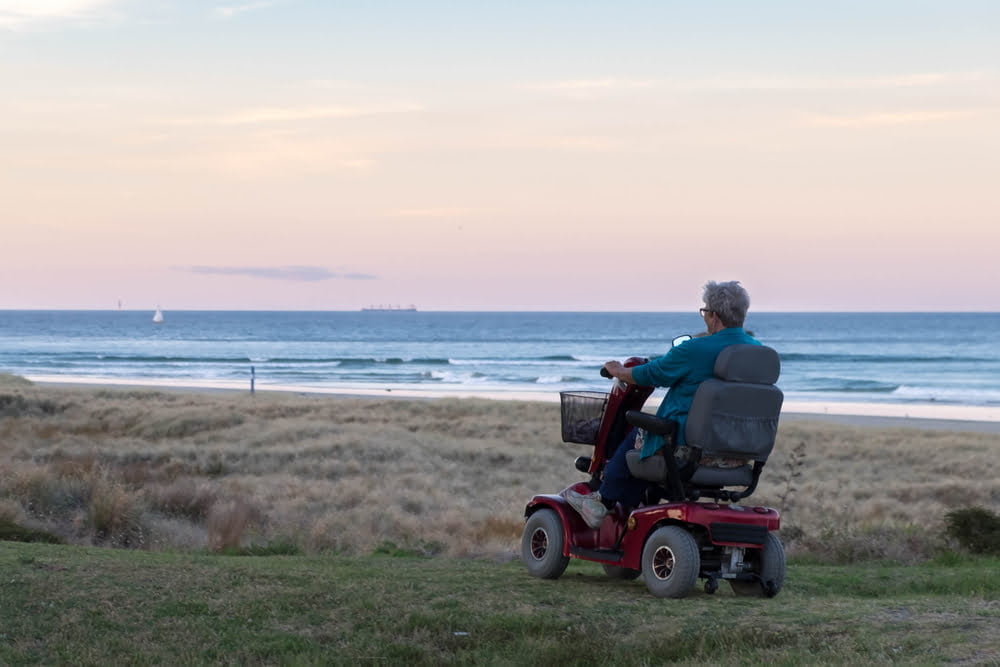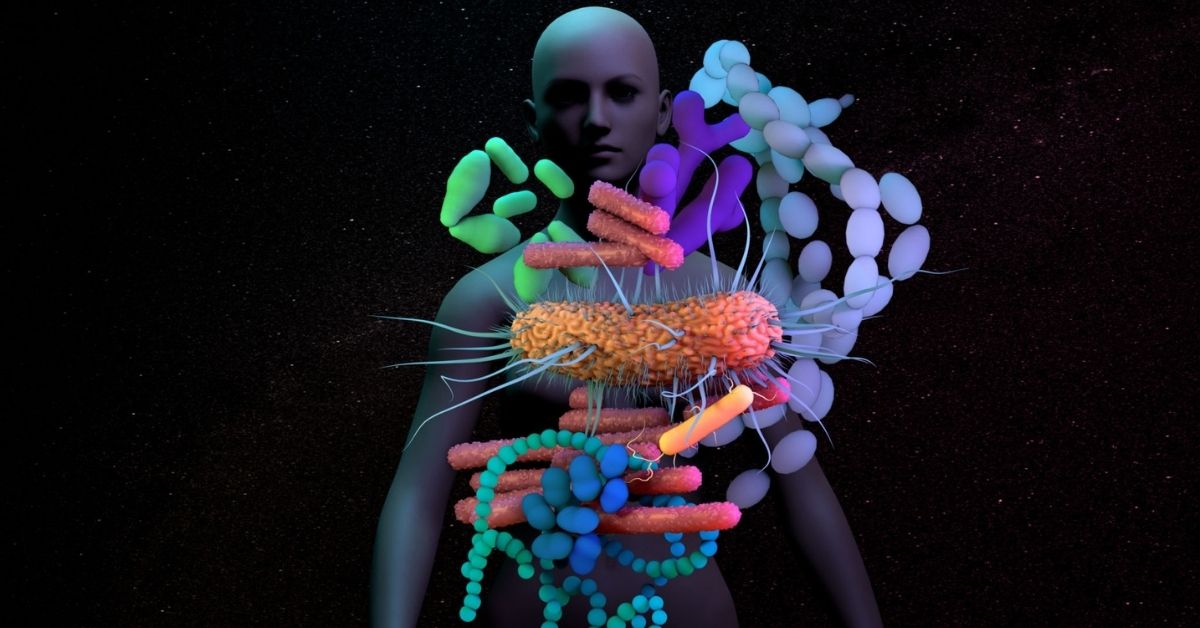
Pulled Muscle Slow You Down? Urgent Care Solutions to Relief
Urgent care centers can be a great resource for people who are experiencing a wide range of medical issues but are not in need of emergency care. If you have pulled a muscle and are wondering if you can go to urgent care for it, the answer is yes. Urgent care centers can provide treatment for minor injuries such as pulled muscles, sprains, and strains, and can also help diagnose the cause of the injury and suggest treatment options. This article will discuss the benefits of going to urgent care for a pulled muscle, when to go to urgent care, and what to expect at an urgent care visit.
What to Know About Pulled Muscles and When to Visit Urgent Care
Pulled muscles, also known as muscle strains, are a common injury that occur when the muscle fibers are stretched or torn. A pulled muscle can cause pain, swelling, and tenderness. Depending on the severity of the injury, a pulled muscle can range from a mild discomfort to an intense, debilitating pain.
The most common types of pulled muscles are groin strains, hamstring strains, and calf strains. Other common muscle strains include hip flexor strains, quadriceps strains, and rotator cuff strains. Pulled muscles can occur due to sudden, forceful movements like jumping or throwing, or from repetitive motions like running or lifting weights.
If you suspect you have a pulled muscle, the first step is to rest and avoid any activities that may further aggravate the injury. Apply an ice pack to the affected area for 15-20 minutes, 4-5 times a day. You can also take over-the-counter pain medication to reduce swelling and discomfort.
If the pain does not subside after a few days, or if you experience difficulty moving the affected area or numbness, it is important to seek medical attention. Visit an urgent care center or your primary care physician if you are experiencing severe pain or if the injury does not improve with rest, ice, and over-the-counter pain medication.
A healthcare provider can diagnose a pulled muscle with a physical exam and a detailed medical history. Imaging tests such as X-rays or MRI scans may also be used to assess the injury. Depending on the severity of the pulled muscle, treatment may include physical therapy, medication, or even surgery.
Pulled muscles can be very painful, but with the right treatment and care, they can usually heal with time. If you suspect you have a pulled muscle, take the proper steps to rest and treat the injury at home. If the pain does not improve, be sure to visit your healthcare provider for further evaluation and treatment.
Understanding the Different Types of Pulled Muscles and How to Treat Them
Pulled muscles occur when the muscle fibers are stretched beyond their normal extent. This type of injury is common in athletes, especially those who play contact sports, but anyone can suffer from it. Depending on the severity of the injury, pulled muscles can range from mild to severe. It is important to understand the different types of pulled muscles and how to properly treat them.
The most common type of pulled muscle is a strain, also known as a pulled or torn muscle. Strains occur when the muscle fibers are stretched beyond their normal length, resulting in microscopic tears in the muscle tissue. Strains can range from mild to severe, depending on the extent of the damage. Mild strains may cause some soreness and stiffness, while severe strains can result in bruising, swelling, and severe pain. Treatment for strains typically involves rest, ice, compression, and elevation (RICE) as well as over-the-counter pain medications.
Sprains are another common type of pulled muscle. Unlike a strain, a sprain occurs when the ligaments that connect two bones are stretched or torn. Sprains are usually caused by sudden movements, such as twisting or turning the ankle. Symptoms of a sprain can include swelling, pain, and difficulty moving the affected joint. Treatment usually consists of RICE and over-the-counter pain medications. Depending on the severity of the sprain, a doctor may also recommend a brace or crutches to keep the joint stable.
In addition to strains and sprains, another type of pulled muscle is a contusion. A contusion is caused by a direct blow to the muscle, such as a kick or punch. Symptoms of a contusion include swelling, bruising, and severe pain. Treatment for a contusion typically involves rest, ice, compression, and elevation (RICE) as well as over-the-counter pain medications. If the contusion is severe, a doctor may prescribe stronger pain medications or recommend physical therapy.
No matter what type of pulled muscle you have, it is important to seek medical attention if you experience severe pain, swelling, or difficulty moving the affected area. Proper treatment and rehabilitation can help reduce the risk of further injury and help you get back to your normal activities.
How to Recognize the Symptoms of a Pulled Muscle and When to Seek Medical Help
A pulled muscle is a common injury that usually occurs when a person overexerts the muscles in their body. It is characterized by a sudden sharp pain that can range from mild to severe, depending on the severity of the injury.
The most common symptoms of a pulled muscle include a sudden sharp pain in the affected area, tenderness and swelling, decreased range of motion in the affected area, and muscle spasms or cramps. In some cases, bruising may also be present.
Generally, it is best to seek medical help if the pain is severe or if there is an inability to move the affected muscle. It is also important to seek medical help if the symptoms do not resolve within a few days, or if the swelling or bruising increases.
In most cases, treatment of a pulled muscle involves resting the affected muscle, applying ice or heat to the area, and taking nonsteroidal anti-inflammatory medications such as ibuprofen or naproxen. In more severe cases, a doctor may recommend physical therapy or other treatments.
It is important to remember to never push through the pain of a pulled muscle. Doing so can worsen the injury and potentially cause further damage. If you experience any of the symptoms described above, you should seek medical help as soon as possible.
How to Prevent Pulled Muscles and Improve Recovery Times
Pulled muscles can cause significant pain and disruption to daily activities. Fortunately, there are steps you can take to prevent pulled muscles and improve recovery times.
First, it is important to warm up before engaging in any physical activity. This will increase blood flow and increase the elasticity of muscles, making them less prone to injury. Stretching exercises, such as static and dynamic stretching, are an effective way to warm up. Additionally, you should be sure to use the correct form when exercising. This is especially important when lifting weights, as incorrect form can lead to muscle strain.
Second, it is important to stay hydrated. Dehydration can lead to muscle fatigue, which increases the risk of injury. Be sure to drink plenty of fluids before and after exercise.
Third, if you do pull a muscle, it is important to take steps to reduce inflammation and accelerate healing. You should rest the affected muscle and apply ice or heat as needed. You may also want to take anti-inflammatory medications, such as ibuprofen or naproxen, as directed by your doctor.
Finally, if you are prone to pulled muscles, consider speaking with a physical therapist. They can provide personalized advice on how to prevent pulled muscles and improve recovery times.
By following these steps, you can reduce the risk of pulled muscles and promote healing. However, if you experience severe pain or swelling, be sure to seek medical attention.
Tips for Choosing the Right Urgent Care Facility for Your Pulled Muscle Treatment
- Research Your Local Options: Take the time to research urgent care facilities that are available in your area. Consider their location, hours of operation, and services offered. Look for reviews and ratings online to get an idea of the quality of care provided.
- Check Credentials: Make sure the urgent care facility you choose is accredited and that the physicians have proper credentials. Ask about the qualifications of the medical staff and make sure they are properly trained to provide the care you need.
- Consider Insurance Coverage: Find out if the urgent care facility you are considering accepts your insurance coverage. Many facilities will accept major medical insurance plans and may provide discounts for those who are uninsured.
- Ask About Specialization: Depending on the severity of your pulled muscle, you may want to ask if the facility specializes in providing treatment for muscular injuries. Some urgent care clinics may have orthopedic specialists on staff who can provide more in-depth care.
- Consider Convenience: Choose an urgent care facility that is convenient for you to get to. Consider the facility’s hours, wait times, and other factors that may impact your ability to get treatment quickly and easily.
- Evaluate Cost: Ask about the cost of treatment for a pulled muscle before you go for an appointment. Compare the cost of treatment at different facilities and make sure you understand all fees associated with treatment.
Q&A
Can you go to urgent care for a pulled muscle?
Yes, you can go to urgent care for a pulled muscle. Urgent care centers are equipped to provide diagnosis and treatment for muscle strains and other minor medical issues.
What kind of treatment will I receive for a pulled muscle?
The treatment for a pulled muscle usually includes rest, ice, compression, and elevation (RICE) to reduce swelling and pain. Your doctor may also recommend over-the-counter or prescription medications to reduce inflammation and pain.
How long does it take to heal from a pulled muscle?
The length of time to heal from a pulled muscle depends on the severity of the injury. Most mild muscle strains can heal within a few weeks with rest and proper treatment. More severe strains may take several weeks or months to heal.
What can I do to prevent pulled muscles?
There are several steps you can take to reduce your risk of pulling a muscle. These include stretching before and after physical activity, avoiding activities that put too much strain on your muscles, and wearing proper shoes and clothing while exercising.
How do I know if I need to see a doctor for a pulled muscle?
If you experience severe pain, swelling, or any other concerning symptoms, it is best to see a doctor. Also, if you are unable to move the affected muscle or if the pain does not improve after several days of rest, you should seek medical attention.
Conclusion
In conclusion, while it is possible to visit an urgent care clinic for a pulled muscle, it is not always the best option. It is important to assess the severity of the injury before deciding to seek medical care. If the injury is severe, it is best to seek medical attention from a physician or orthopedic specialist who can provide more comprehensive care.











